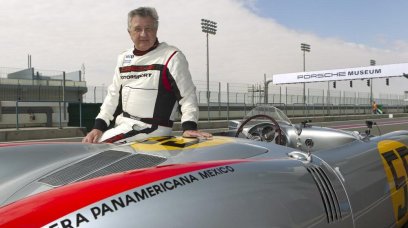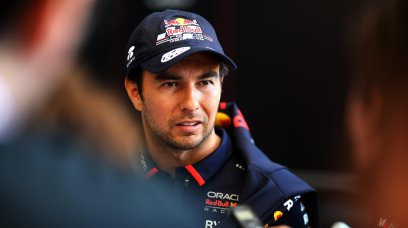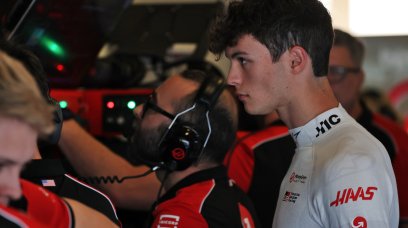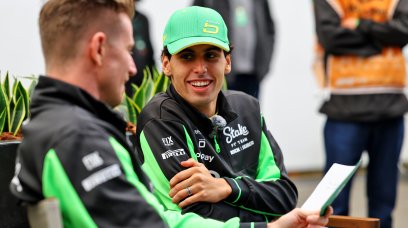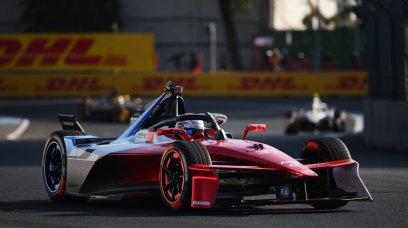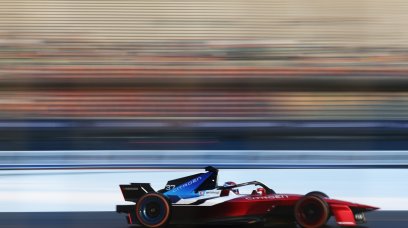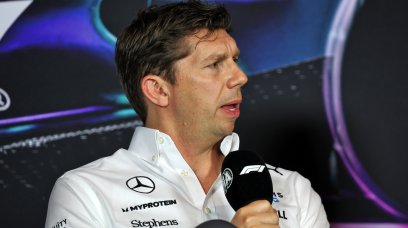Porpoising became a regular occurrence during the recent pre-season tests in Barcelona and Bahrain, and several F1 drivers have been discussing its possible impact across a race distance. The phenomenon has occurred due to the switch from over-body downforce to a ground effect philosophy on the 2022 cars. This approach means that downforce is predominantly generated by airflow under the car, sucking it down to the ground. However, a side effect of the philosophy is that the car's natural frequency can cause resonance through the chassis, something that can be spotted by the car appearing to bounce down the straights. Some teams, such as McLaren, appeared to escape the problem more than others, but it remains an issue for many going into the first race of the season in Bahrain.
Some drivers play down concerns over porpoising
When asked by RacingNews365.com how it might feel to drive these cars on a particularly bumpy circuit, given the possibility of porpoising, Valtteri Bottas told media: "The cars are a bit stiffer than what I'm used to, but for me, it's not a huge difference. "For sure, when you do a race distance or [race on] a track that is bumpier, it normally makes it a bit more physical, but at least from my feeling, it's not really to a point that it's going to be a massive issue. So I'm not too concerned about it." Esteban Ocon is also not overly worried, having felt that Alpine managed to get on top of the problem in the Bahrain test. "On my side, in Barcelona, it was not a big issue," the Frenchman explained. "Of course, there was a bit of porpoising, which we managed to get under control on my days in Bahrain. But for sure, yes, the cars are much stiffer and you can really feel the bumps, so on the full day of testing, you might need to take a bit of paracetamol in the afternoon! "Otherwise, you will be fine. The team is working hard to fix the issue and to make it drivable, and we've managed to come into some good solutions already, so on our side, it's okay."
Could porpoising have an effect on reliability?
The possible impact of porpoising on the reliability of the cars has previously been raised, and Mick Schumacher admits that this is a risk if it goes too far. "I guess it'll be part of this year's campaign," the Haas driver said. "I think Formula 1 won't really manage to reduce it completely, or manage to remove it completely. It's a matter of getting to learn how to drive with it, and having it as little as possible. "I guess you don't want to initiate it in any ways or go over the point where it gets too aggressive, because then reliability will become an issue. "It'll be interesting to see on tracks that maybe it comes in heavier, like Baku or whatever. I guess also Jeddah is a track where it might happen. [We'll just] see how the cars react and I guess maybe at the beginning of this season, we'll see a few more DNFs because of it."
Physical impact on the F1 drivers
Charles Leclerc is anticipating some unpleasant physical side effects if porpoising becomes an issue over a race distance. "I'm pretty sure that I can expect to have a sore back after Sunday's race," Leclerc explained. "It's quite bumpy. It doesn't disturb me personally to drive [with it], apart from probably the big breaking is a bit trickier with these big bumps in the straights. But, overall, it just hurts after 10 laps in the same conditions having these bumps. It gets quite tricky. "But it depends [on] a lot. It's really condition-dependent, and even on the same track, sometimes you can have it, sometimes you don't have it. It's very difficult also to predict it, so I think we all need to be ready to have it at some point during the race."
Finding a compromise with car set-up
In terms of how to manage the problem over the course of a Grand Prix, Sebastian Vettel believes that it is all about finding the balance with set-up. "We need to find the right compromise," the Aston Martin driver added. "First, I think you've seen all of us suffering similar issues. The regulations pushed the cars into being a lot stiffer. The tyres are different. They take less of the absorption because of the smaller, stiffer sidewall, different philosophy. "So it feels very different. I think it will be about managing, trying to find the right set-up, going into qualifying and the race. Hopefully you find the right compromise. "The racing, with the cars [being] very stiff, it feels very different. But the big hope is that we are racing each other every weekend and it's a lot closer than it has been in the past. "I think that would make up for the cars being a bit unpleasant when it comes to stiffness levels, or the tyres maybe falling off, or the cars generally being very, very heavy, so we'll see."
Most read
